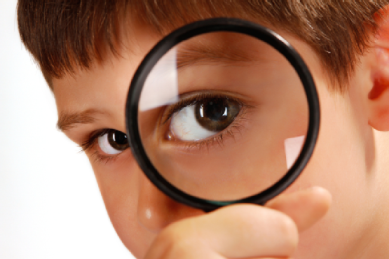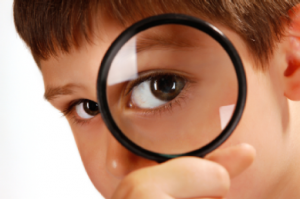The vision of the child develops gradually over time. The main stages of visual development are:
- Follow the light that shines: from the earliest days of birth.
- Contact with the mother: from 6 weeks
- Interest shiny objects: 2 to 3 months
- Eye movements coordinated: 4 months.
The vision of the child is less than that of adults and progresses through time:
- 1 month: 5% of the vision of the adult
- 2 to 4 months: 20% of the vision of the adult
- 1 year: 30 to 40% of the vision of the adult
- 3 to 4 years: 80 to 100% of the vision of the adult.
How to assess the child’s vision?
The validation of the visual accuracy of the child is carried out with different tests depending on the age of the child:
- For very young babies are considered children to see if it reacts at the lights, smiled at the mother, directs its gaze to the shiny objects.
- 3 to 4 months: tests of preferential vision: lines of different widths.
- 2 to 3 years: tests of drawings of various sizes that the child should be classified.
- 3 to 5 years: table of letters E, same size but open in different ways.
- Major at age 5: Numbers and letters that the child should read.
The vision should be assessed in each eye separately. Children with visual doubt of alteration and especially if there are people of the family who have eye disease should consult ophthalmology.

